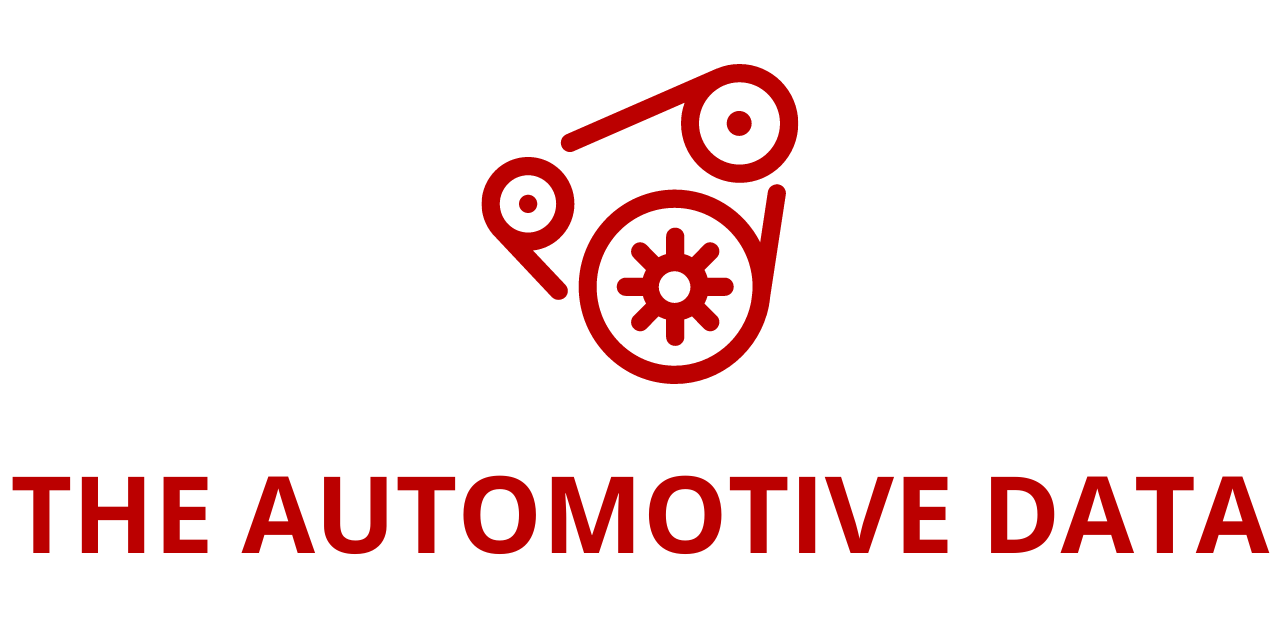
Driving Digital Continuity in Automotive Innovation: BMW Group and BearingPoint’s Data Hub Success
As the automotive industry navigates a transformative era, Driving Digital marked by the rapid transition to electromobility and the integration of increasingly sophisticated software systems, the challenges associated with modern vehicle development continue to grow. Today’s vehicles—especially electric and hybrid models—rely heavily on the seamless interaction of electrical and electronic (E/E) components. From complex control units to robust onboard communication networks, nearly every aspect of a modern car is now software-driven.
In this landscape, where each department—from mechanical engineering to embedded software development—operates in specialized silos, the need for coordinated, cross-functional collaboration is more pressing than ever. Moreover, market pressures demand shorter Driving Digital development cycles, with faster innovation and product delivery becoming critical differentiators. In this high-stakes environment, traditional data exchange mechanisms—such as manual handoffs or point-to-point system integrations—can no longer keep pace. These outdated methods not only hinder productivity but also introduce the risk of data inconsistency, miscommunication, and costly development errors.
To address these issues head-on and to establish a future-ready approach to vehicle development, the BMW Group launched an ambitious initiative: the creation of a centralized master data hub for E/E development. In this endeavor, they partnered with Driving Digital BearingPoint, a leading management and technology consultancy, to conceptualize, develop,Driving Digital and implement a digital backbone that would ensure data consistency, transparency, and accessibility across the enterprise.
Building a Centralized Data Management Hub
The core objective of the initiative was to replace fragmented data workflows with a streamlined, centralized infrastructure capable of supporting the BMW Group’s increasingly complex development requirements. By doing so, BMW aimed to not only improve Driving Digital collaboration across departments but also to reduce the operational friction that Driving Digital often arises when different teams use different data sets or formats to work on interconnected vehicle systems.
BearingPoint’s role was to provide both strategic and technical support throughout the transformation. Specifically, the consultancy was tasked with shaping the functional structure of the master data portfolio while also leading the technical integration and operational implementation of the system.
The solution involved the creation of a master data hub that collects and imports relevant data directly from the original IT systems where it is created. From there, the data is functionally and technically harmonized—standardized in format, semantics, and structure—and then linked with complementary data sets. Once harmonized, the data is distributed to more than 70 downstream IT systems across the BMW Group, ensuring that every department involved in product development has access to the same high-quality, up-to-date information.
This harmonization process is critical. It allows departments with differing needs and technical languages to communicate effectively through a shared data foundation. For example, engineers working on electronic control units (ECUs) require precise and consistent data to ensure seamless integration with other vehicle systems, such as infotainment, powertrain, or battery management modules. With the new system in place, these cross-domain interactions are facilitated by a standardized and accurate data flow.
A Collaborative and Scalable Architecture
To ensure that the system could evolve with BMW’s long-term strategy, BearingPoint and the BMW Group worked closely to develop a robust yet flexible architecture. One of the project’s most important achievements was the creation of standard interfaces—both inbound and outbound—that could handle high volumes of data while remaining adaptable to new technologies and use cases.
Beyond system integration, BearingPoint played a key role in aligning the functional requirements of different departments. Each team has its own perspective on how data should be structured, labeled, and interpreted. Through a collaborative process, BearingPoint facilitated the harmonization of these views, enabling a system that supports shared understanding without compromising specialized needs.
Another critical aspect of the project was data quality assurance. Recognizing that poor data quality can lead to delays, inefficiencies, and potential safety risks, the team implemented proactive measures to validate and cleanse data before it was distributed. This approach helped ensure that only accurate, validated records made their way into the development process, significantly reducing the chance of downstream errors.
Enabling Digital Continuity and Accelerating Development
“By working closely with BMW Group, we’ve developed a solution that enables digital continuity and significantly strengthens cross-departmental collaboration, to address the complexities of modern vehicle development,” said Patrick Kirchhof, Partner at BearingPoint. “It reflects the transformative potential of high-quality and, most importantly, available master data on business processes—which originates in combining cutting-edge technology with the right data strategy.”
The digital continuity that Kirchhof refers to is now a fundamental pillar of BMW’s product development lifecycle. With the master data hub in place, BMW can accelerate innovation while maintaining rigorous quality standards. The solution supports faster and more efficient development cycles, helping the automaker to meet the growing demands of electrification, digitalization, and customer expectations for software-defined vehicles.
Perhaps most importantly, the centralized data infrastructure simplifies BMW’s broader IT landscape. By eliminating the need for dozens of redundant point-to-point integrations, the company has reduced both development and maintenance overhead. This consolidation not only lowers long-term costs but also frees up IT resources to focus on innovation rather than system troubleshooting or manual data coordination.
A Foundation for Future Growth
The master data hub is more than just a technical solution—it represents a strategic shift toward enterprise-wide data-driven development. As vehicles become more connected, autonomous, and intelligent, the ability to leverage consistent, high-quality data across all departments will be essential to remain competitive.
With BearingPoint’s support, BMW has laid the groundwork for a scalable, adaptable infrastructure that can support future use cases—from advanced driver assistance systems (ADAS) to predictive maintenance and real-time diagnostics.
Looking ahead, the data hub could serve as a foundational element for broader digital transformation efforts within the BMW Group. Its potential applications extend beyond E/E development, offering value in areas such as supply chain management, manufacturing, and aftersales services.
The collaboration between BMW Group and BearingPoint illustrates how a well-designed data strategy can serve as a catalyst for innovation and operational excellence in the automotive industry. By creating a centralized master data hub, BMW has not only solved a complex technical challenge but also positioned itself to lead in an increasingly software-defined and data-intensive market.
As automotive development continues to evolve, the lessons from this initiative are clear: data is no longer a byproduct of engineering—it is a strategic asset. And when managed properly, it can drive continuity, speed, and quality across the entire vehicle lifecycle.







